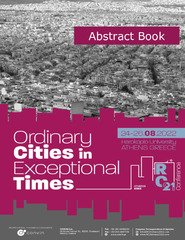| dc.description.abstract | The presentation analyzes the relationship between literature and city, focusing on the question of how elements of the literary field contribute to the city identity. Starting from the understanding of the literary field as a space that includes literary works, writers, literary events, and institutions, it is discussed how these different components of the field contribute to the sense of the cities’ specificity and uniqueness. The analysis is inspired by the work of Peter Nas and his associates (Nas, 1993, Nas, 1998, Nas, De Groot, Schut, 2011) and more particularly the concept of “urban symbolism”. The notion of “urban symbolism” helps us understand symbolic and ritual structures which reflect the history of the urban community and shape the identity of a city. Following the typology of “urban symbol bearers'' proposed by Peter Nas and his associates, we identified key identity markers of the city which are related to the literary sphere which are related to the literary sphere, such as monuments dedicated to writers and literary characters, literary
institutions (literary museums and libraries), depictions of cities in literary works, literary events, and other related phenomena. The importance of identification of such identity markers, “urban literary symbols”, lies in providing deeper understanding of interconnection between city identity and literary field, as well as, in considering the possibility of using them as a cultural resource for local development. Urban literary symbols connected with the globally most famous authors and books are promotional icons abundantly used in city branding strategies as a tool to raise tourist attractiveness of the city. However, urban literary symbols connected with authors and literary works that did not gain global recognition are unsustainable means to promote the culture of the city, and therefore have been largely overlooked in urban cultural policies. | sr |

